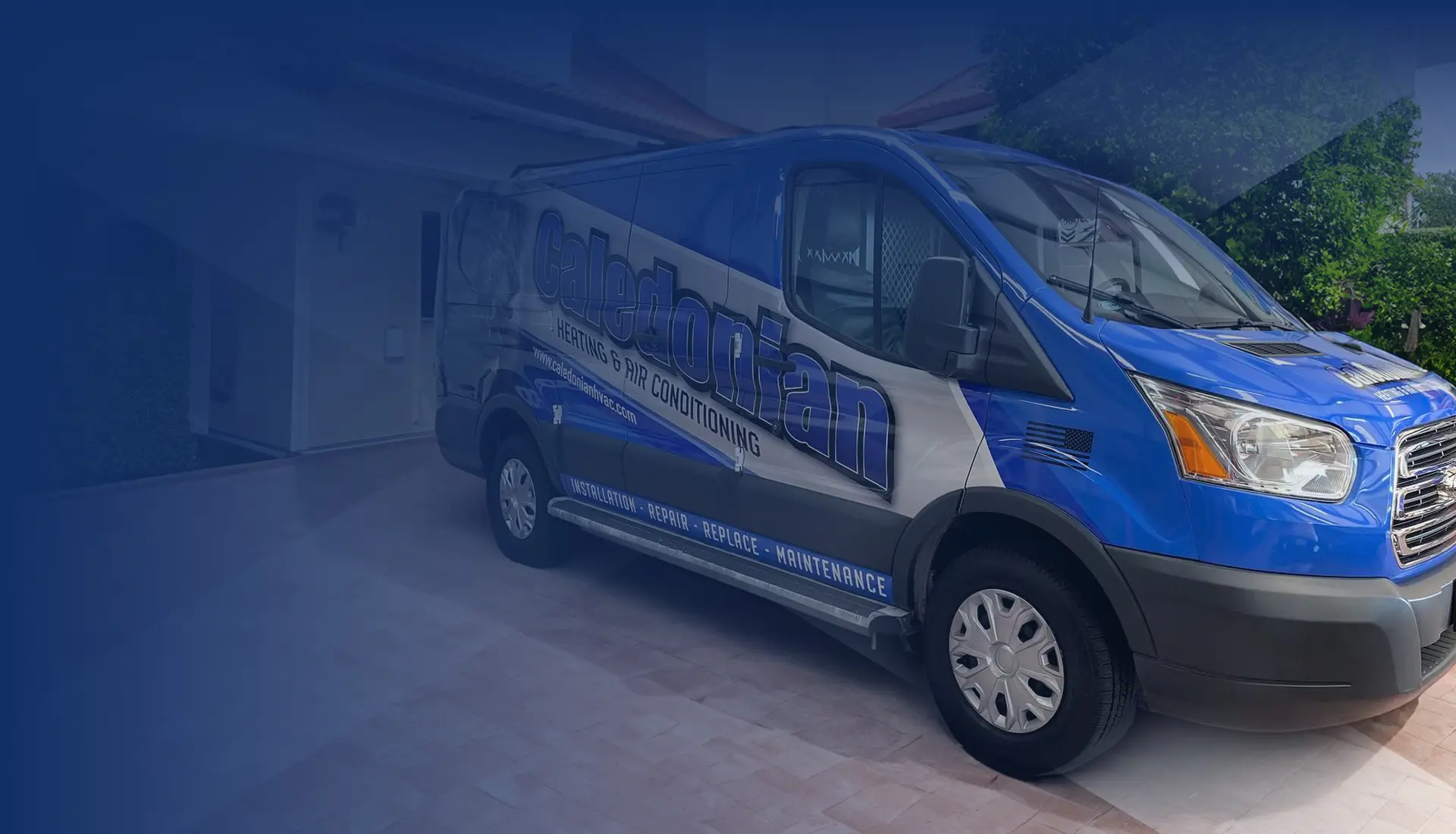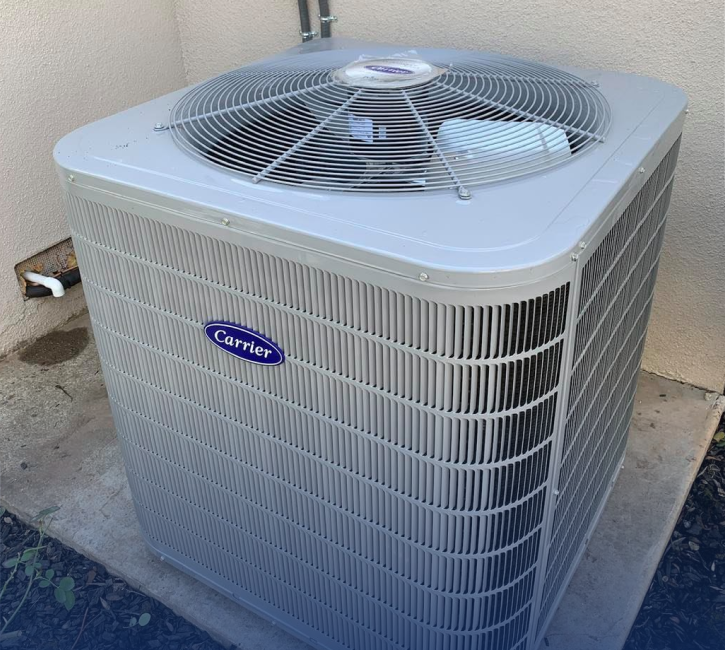
to Fresno, Clovis, & the Surrounding Areas Since 2016
Fresno HVAC Services
When your heating, cooling, or refrigeration system isn’t working, Caledonian Mechanical is here to help. We know how vital it is to maintain a comfortable environment, whether it’s for your family at home or your employees and customers in a commercial setting. That’s why we focus on providing prompt and reliable service you can count on. With 24/7 phone support, same-day scheduling, and weekend appointments, we’re ready to respond when you need us most.
No one should have to endure the Central Valley’s extreme temperatures, and businesses can’t afford to suffer downtime waiting for help. That's why we’ve made fast, accessible service our priority. Whether you’re dealing with a furnace breakdown, an AC that won’t cool, or refrigeration issues, Caledonian Mechanical has not only the ability, but the availability, to get things running smoothly again. Trust us to keep your home or business comfortable and efficient, day or night.
Call (559) 206-1098 today.

-
Our Featured Services Reliable Heating, Cooling, & Refrigeration Solutions
-
Air Conditioning
-
Heating
-
Commercial HVAC
-
Commercial Refrigeration

Also Serving Clovis and All of Fresno County
Since opening our doors in 2016, Caledonian Mechanical has proudly provided HVAC solutions to communities in the Central Valley. We’ve built a reputation for excellence by delivering services grounded in reliability, integrity, and honest workmanship. Quality is the foundation of everything we do, which is why our 1-year workmanship warranty backs our jobs.
We believe that treating customers like our neighbors is a fundamental part of doing the job right. Our family-first philosophy means we approach each project with care and respect, knowing that your satisfaction reflects on our business and values. From repairs and maintenance to full installations and replacements, you can trust Caledonian Mechanical to handle every job as if it were for our own home or business.
Financing Is Available
As a locally-owned business, we deal with a lot of the same stresses and problems that our customers do. Anxieties over unexpected expenses, like repairs, are a prime example. Another example is the short-term cost factors that loom over decisions we know are in the best long-term interest of our property, like an upgrade or new installation. We know our neighbors deal with the same concerns, and we want to help. That’s why we make flexible financing options available through our office. We want everyone to get the work that they need done without compromising their stability.
Get a free estimate by calling (559) 206-1098 or by using our online contact form.


Reviews You Can Rely On Trusted by Homeowners & Businesses
-
"They were easy to work with, and super professional!"
We had to replace our 24-year-old HVAC system, and I’m so glad we went with Caledonian Mechanical Inc. From the first phone call, I knew we were in good hands. The installation was quick, and the price was fair! Really impressed!
Roberta M. -
"Installation was flawless!"
Off-grid homes like ours often get a shrug from city-based HVAC companies. Not these folks. Christopher respected the solar system limitations and recommended an energy-efficient mini-split.
Henry P. -
"These guys helped make our home safer, not just cooler."
Our toddler has asthma, and air quality is a big deal in our Sanger home. Christopher did a full filter upgrade and airflow assessment.
Tyler G. -
"Would 100% recommend them if you need peace of mind before a sale."
Getting ready to sell our place in Sanger, so we had these folks come do an HVAC inspection. Christopher showed up right on time, gave the system a full check, and explained everything without a bunch of jargon. The report was super helpful!
Phyllis P. -
"They never let me down!"
James was awesome! He really took the time to make sure everything with my HVAC system was running smoothly.
Jonathan E. -
"I highly recommend these guys!"
I work with Caledonian Mechanical all the time, and every interaction has been a breeze. My clients always rave about their HVAC services, and I love how professional and reliable they are. It’s rare to find a company that cares about customer servic
Leslie S. -
"Super easy to work with!"
Christopher didn’t make us feel bad about it at all. He just got it done fast and even gave us some easy tips to keep everything running longer.
Prue H. -
"Repairs brought everything back to life!"
My husband and I had been considering a new HVAC system, but weren’t sure if we really needed one. Christopher came by and did a detailed inspection. Turns out just a few component repairs brought everything back to life.
Lisa S.
What Makes Us Different Delivering the Service You Deserve
-
Experience That CaresYears of hands-on expertise, delivered with honesty and heart.
-
Honest Pricing, AlwaysUpfront quotes and no surprises - just fair, transparent service.
-
Quality You Can Count OnProud to install reliable brands like Carrier, Bosch, and Fujitsu.
-
Your Local HVAC ExpertsFriendly, licensed pros serving Fresno and surrounding communities.

